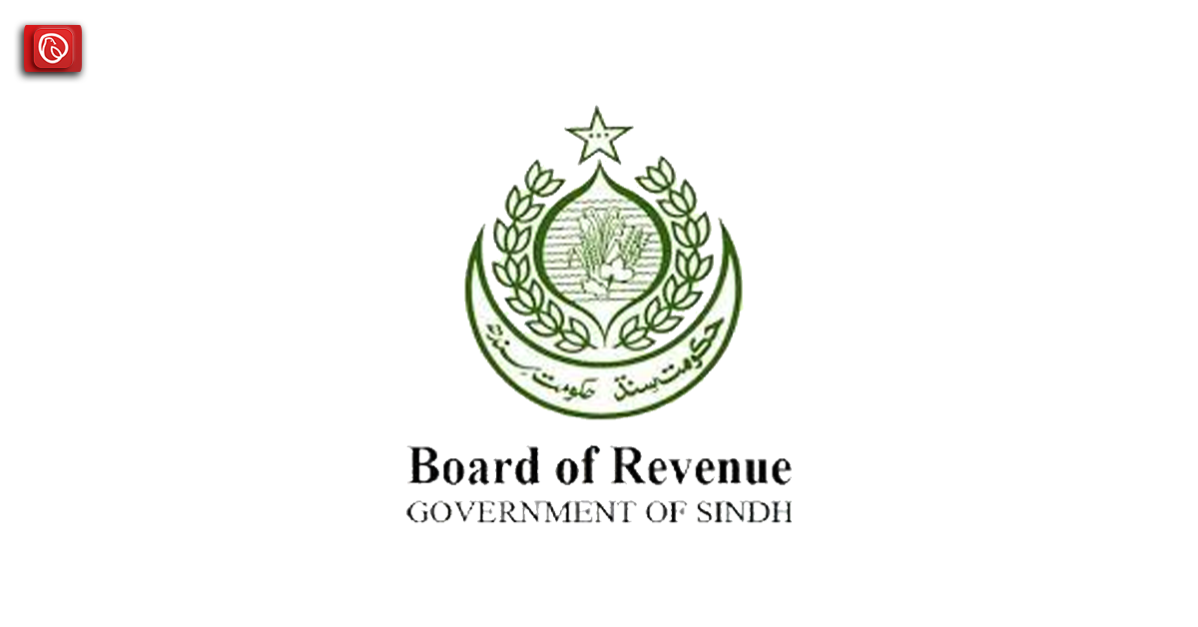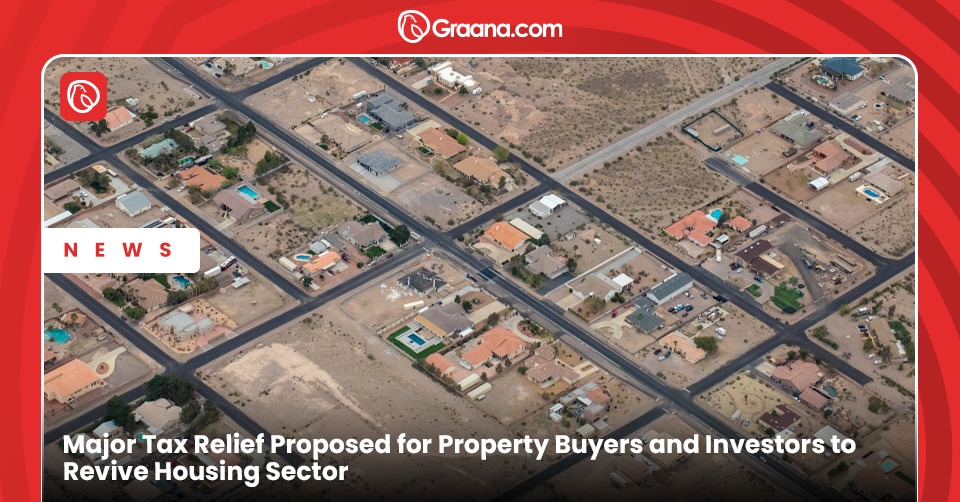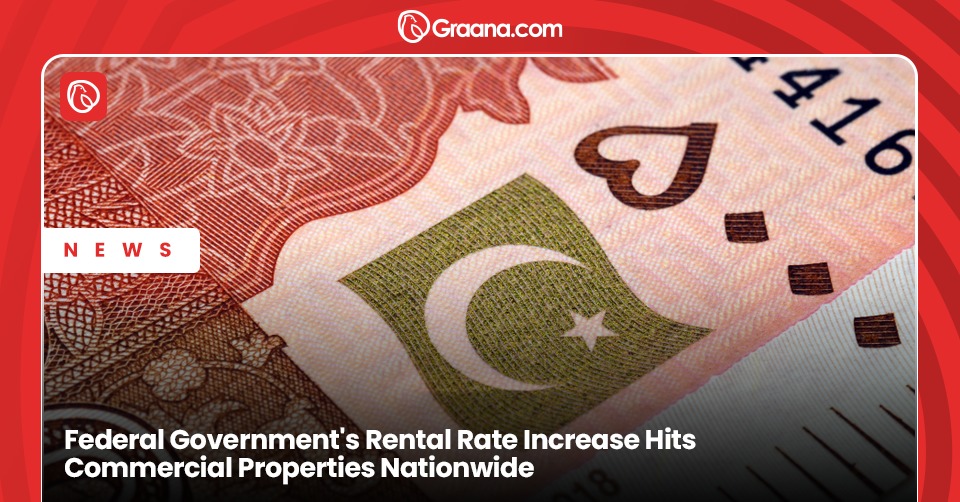The Board of Revenue, Sindh is a crucial governmental body that is responsible for managing and regulating land revenue and related matters in the province. With the advancement in technology and the need for transparency and efficiency, the Board of Revenue has adopted various measures to automate and digitise its services.
These have not only enhanced efficiency but have also provided quick and accurate results. Graana.com provides an overview of the Board of Revenue, Sindh, including its services and its shift to technology in recent years.
About the Sindh Board of Revenue
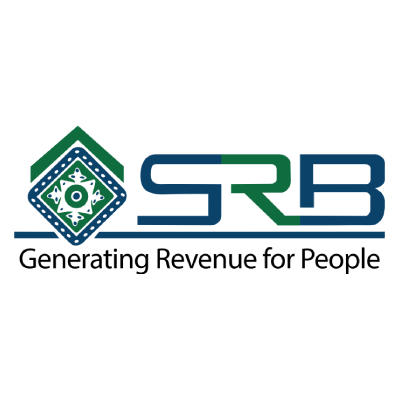
The Sindh Board of Revenue (BOR) has its roots in the West Pakistan BOR, which was established in 1957. Following the dissolution of West Pakistan in 1970, the current Board of Revenue came into existence.
It is responsible for overseeing the collection of various taxes, including land taxes and revenue, as well as the management of land records and related affairs. Overall, it serves as the primary controlling authority for all matters concerning revenue administration in the province of Sindh.
The board is responsible for protecting the landholders’ rights and serves as the supreme court for revenue matters. It has the authority to hear appeals and revisions against decisions made by lower revenue courts and officers, including EDOs (Revenue) and Collectors. Additionally, all revenue courts fall under the board’s general supervision and control.
Services Offered by Sindh Board of Revenue
Like Federal Board of Revenue (FBR), the Sindh Board of Revenue provides the following services:
- Computerisation and establishment of Land Administration & Revenue Management Information System (LARMIS)
- Development of Geographical Information System (GIS)
- Automation of stamps and registration
- Shaheed Mohtarma Benazir Bhutto Towns (SMBBT)
Computerisation and Establishment of Land Administration & Revenue Management Information System (LARMIS)
In October 2010, the District Facilitation Service Centers in Hyderabad, Jamshoro, and Tando Mohammad Khan began offering a computerised land record service that provides scanned records of mutations. Since June 30th, 2015, this service was also available in eight additional districts of the province.
The total land revenue record for the province comprises 5979 Dehs, of which 5680 Dehs have been computerised. Of the computerised Dehs, 3600 have been provided to the District Administration for verification with the original record. Only 1200 Dehs have been verified by the districts, with the verification process ongoing for the remaining ones.
After completion, the process of validation of records through inviting objections from the landowners will be undertaken in pursuance of directions of the Honourable Chief Minister Sindh to make the computerised land records error-free.
The first-ever Tier III Data Center has been set up at Revenue House in Clifton, Karachi to house the computerised land records of the province. The Directorate of Settlement Survey & Land Records in Hyderabad has established a Disaster Recovery Center to provide backup support.
They have completed the construction of 11 Facilitation Service Centers, including furniture and fixtures. Currently, they have equipped three centers with the necessary hardware and equipment, and these centers are operational. The required hardware and equipment have been provided to the remaining eight centers, and they will also become operational by June 30th, 2015.
Development of Geographical Information System (GIS)
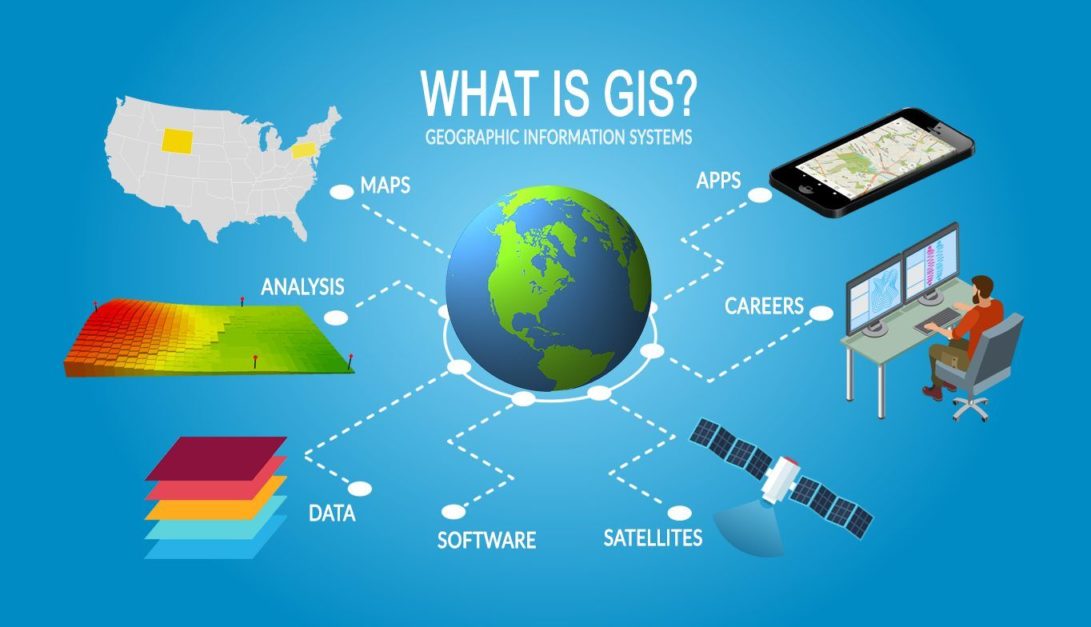
A fully operational GIS lab has been established, complete with the necessary technical staff, hardware, and software capabilities. The lab has produced digital district and Deh maps for all 5979 Dehs in the province.
They have completed digital survey number maps for 4000 Dehs, and work is underway to complete the remaining 1979. These digital maps are integrated with computerized land records to improve accuracy and efficiency.
The GIS Section can identify changes in occupancy on state land through GIS Imagery, specifically up to the survey number level in the Karachi Division.
By orders from the Honourable Supreme Court of Pakistan in Suo Moto Case No. 16/11, they identified approximately 60,000 acres of unauthorized occupancy on state land in the Karachi Division using this technology.
The districts of Hyderabad, Thatta, Badin, Tando Allahyar, and Shaheed Benazirabad have obtained high-resolution satellite imagery to improve the Geo-Referencing and digitization of old revenue maps up to the survey number level.
Automation of Stamps and Registration
The Registration, Stamps & Evacuee Property (RS&EP) wing of the Board of Revenue Sindh is responsible for collecting revenue for the provincial government through stamp duty collection and registration fees.
To improve the efficiency and transparency of revenue generation, the automation initiative has been established within the RS&EP wing. This involves adopting computerised working procedures for the registration of all types of property transactions and stamp sales.
General Scope of the Automation
The objective is to introduce automation in the processes of stamp revenue collection, stamp distribution, and demand generation to improve inventory management and cost control.
They will record the availability and consumption of stamps in all treasury/sub-treasury offices in Sindh to prepare optimal indents and reduce stamp printing costs. Stamp duties, which generate revenue related to property transfer, mortgage, registration, lease, etc., are imposed on various documents.
The automation of district account/treasury/sub-treasury offices will take place, along with the expansion of the corporate records database and inspector performance system. This initiative aims to enhance control over revenue generated from the corporate sector.
Furthermore, the sub-registrar offices will record all legal documents submitted for registration on behalf of the document owner to prevent the forgery of original registered documents.
The aim is to provide record security and online report generation of each record, along with the online working status of each office. This will ensure transparent and accurate revenue collection, including CVT revenue collection at each office, registration fee collection at each SRO, and daily stamp sale and availability.
The system will produce full management reports, extract statistical data to assess daily registration, and provide updated revenue data for the department’s annual budget preparation.
Benefits to the General Public
The following are the different advantages that the Board of Revenue Sindh offer:
- The status of property documents can be easily located.
- Missing old records/documents can be quickly searched for parties.
- Authorised single-page full details of CRD documents can be provided.
- Duplicate registrations can be prevented by maintaining a unique record in a central database.
- Each property document can be uniquely identified in the central database by generating a computerised number on the original document.
Shaheed Mohtarma Benazir Bhutto Towns (SMBBT)
In its Annual Development Plan 2011-12, the government of Sindh included a scheme for the development of townships in major urban centres. The goal was to provide 50,000 plots of 120 square yards each, complete with all civic services, to the underprivileged in 23 districts and 46 towns/cities of Sindh.
To accomplish this task, the Director General of the LDA was given the additional responsibility of serving as the Project Director for the SMBBT, BOR, and GOS. The scheme was expected to cost Rs. 5,000 million over three years from 2011-12 to 2013-14. The Finance Department of the Government of Sindh released Rs. 150 million on June 1st, 2012, which was used for consultancy services, infrastructure development, and outer development works related to the scheme.
The revised PC-1 plan called for the development of 40,658 plots over approximately 1,955 acres of land with a minimum road width of 30 feet for adequate access and utility services.
The scheme has been implemented in various areas, including:
| City | Land Area (in acres) |
| Karachi | 500 |
| Hyderabad | 300 |
| Shikarpur | 170 |
| Jamshoro | 80 |
| Ghotki | 64 |
| Thatta | 51 |
| Dadu | 51 |
| Sukkur | 47 |
| Tando Mohammad Khan | 20 |
Preservation of Land Records
The main objective of the Sindh Board of Revenue is to ensure the protection and conservation of old survey settlement records and maps, through the implementation of chemical processing and electronic methods such as scanning, microfilming, digitisation, printing, storage, and cataloguing.
Moreover, the Survey & Settlement Department is introducing modern survey techniques to overhaul and modernize it.
Abstract
Following are the types of land records.
| Type | Description | Quantity |
| Mandatory | Land Registers, Falni Band & Survey Bandi | Approx. 4.8 million |
| Optional | Survey Registers, Ghat Wadh Form, Field Book, & Falni Field Book | Approx. 5.2 million |
| Total Record | 10 million |
Location of Records
Following are all the locations of land records:
- Karachi
- Hyderabad
- Khairpur
- Larkano
SBR Revenue Collection
In December 2022, Sindh Revenue Board (SBP) recorded its highest-ever monthly collection of Rs. 17.6 billion as compared to Rs. 14.2 billion in December 2021, exhibiting 24 per cent growth.
To read more about Sindh Public Service Commission, visit Graana blog.
